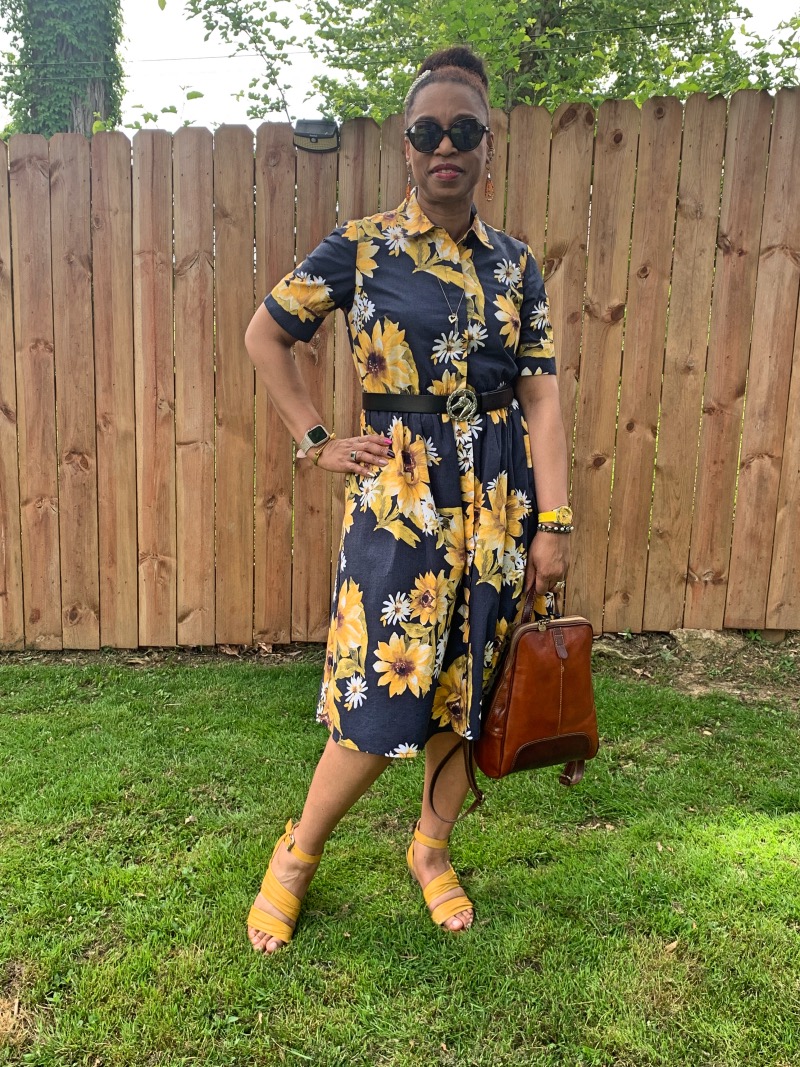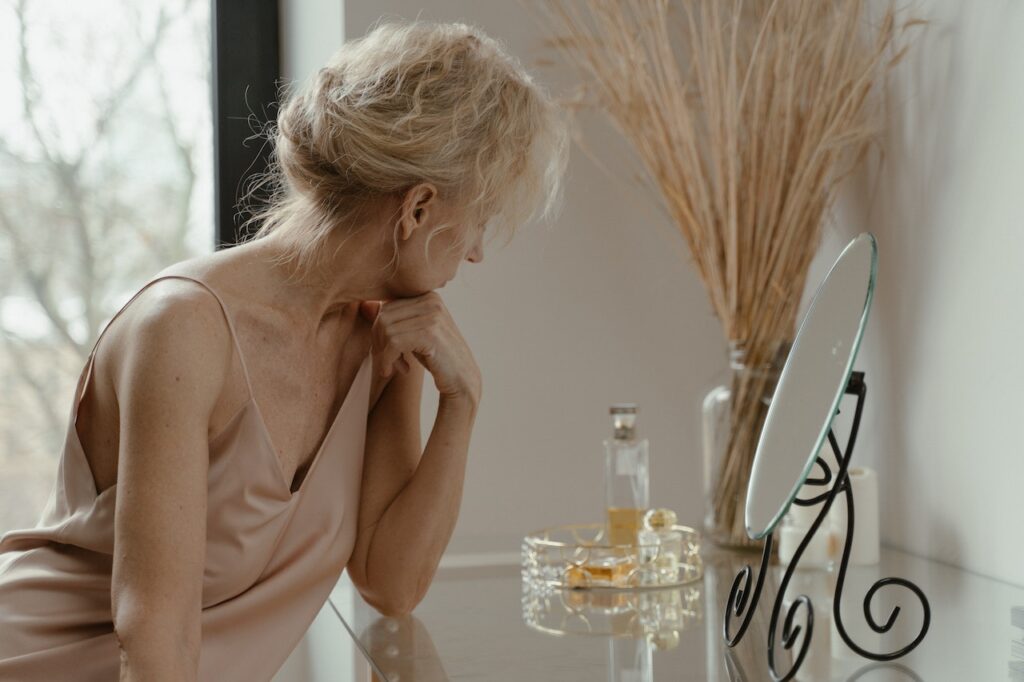Did you know that skin wrinkling, a prominent aging sign accelerates at age 33? Indeed, your body undergoes various changes as you age. While these transformations may vary among people, embracing them with grace and understanding their underlying causes is essential. Doing so will help you better appreciate your body and care for it. This discussion explores four common physical changes accompanying aging and how to manage them.
Wrinkles and fine lines
Statistics show that approximately 90% of visible aging signs are attributed to sun exposure, making it the leading factor responsible for wrinkles and fine lines. As you age, your skin produces less collagen and elastin, proteins that contribute to its elasticity and firmness. This reduction in collagen and elastin production, coupled with the effects of external factors like ultraviolet (UV) radiation, leads to wrinkles, fine lines, and sagging skin. Indeed, many people will purchase skin products to slow down the process at the first sign of visible wrinkling. Other individuals also seek treatments such as dermal fillers or laser therapy to diminish the appearance of wrinkles. While embracing these changes can be empowering, it’s important to remember that this stage is a natural process, and taking care of your skin by wearing sunscreen, staying hydrated, and adopting a healthy lifestyle can help maintain vitality and resilience.
Reduced bone density
Bone density loss, commonly known as osteoporosis, is another physical change often accompanying aging. According to the International Osteoporosis Foundation, one in three women and one in five men over 50 will experience osteoporotic fractures. As you age, your bones become less dense and more prone to fractures, primarily due to a decline in the production of bone tissue and a decrease in calcium absorption. Regular exercise, a balanced diet rich in calcium and vitamin D, and avoiding nicotine can help maintain bone health and reduce the risk of osteoporosis-related complications. It cannot be cured or stopped as a degenerative condition, but it can be slowed down enough to improve your quality of life.
Hair loss and hair thinning
Hair loss is a common concern among men and women as they age. Approximately 85% of men experience significant hair thinning by age 50, while nearly 40% of women face hair loss by age 60. The primary cause of age-related hair loss is a combination of genetics, hormonal changes, and the shrinking of hair follicles. Fortunately, advancements in medical science have led to effective hair restoration procedures such as hair transplants. A hair transplant involves transferring healthy hair follicles from one part of the body (typically the back of the scalp) to the balding areas. This procedure provides a natural-looking and permanent solution to combat hair loss, enhancing both physical appearance and self-confidence.
Changes in vision
Aging also affects your vision, often resulting in presbyopia, cataracts, and age-related macular degeneration (AMD). Presbyopia is a natural age-related condition that impacts the ability to focus on nearby objects due to the hardening of the lens in the eye. It explains why older adults are most comfortable viewing things when positioned far away from their eyes. Cataracts are also common in old age and are characterized by clouding the eye’s lens, causing blurred or dimmed vision. All these age-related eye conditions are treatable, but you can have better vision when detected and treated early. Corrective measures like glasses, contact lenses, or surgical interventions like cataract surgery or laser treatments can help manage vision-related changes effectively. However, regular eye exams, maintaining a healthy diet rich in antioxidants, protecting your eyes from excessive sunlight exposure, and avoiding smoking are crucial for preserving eye health as you age.





Follow!